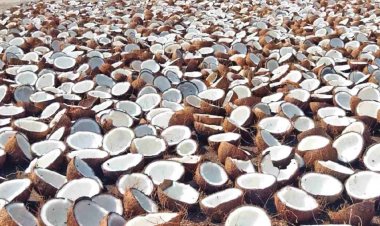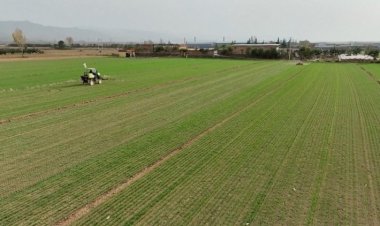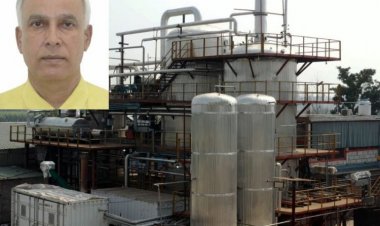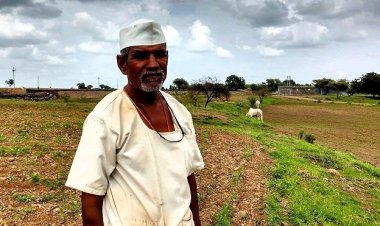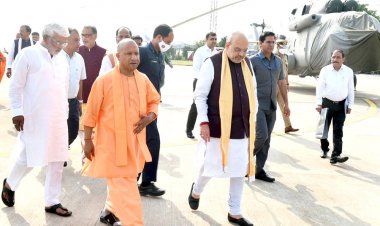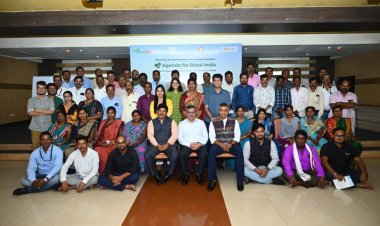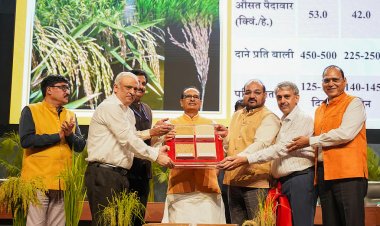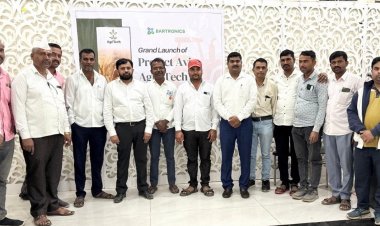10,000 ponds to quench parched Bundelkhand region
With the ruling BJP going all out to woo farmers ahead of the crucial 2022 UP elections, especially in the backdrop of the stir over the new farm laws, the Yogi Adityanath government has planned to construct 10,000 ponds across seven districts of Bundelkhand in the current financial year.

Lucknow
Bundelkhand, which spans the neighbouring districts of Uttar Pradesh (UP) and Madhya Pradesh (MP), is largely an arid zone characterized by scanty rainfall and a depleted groundwater table.
In terms of geography, Bundelkhand is spread over nearly 69,000 sq km across seven districts in UP (Chitrakoot, Banda, Jhansi, Jalaun, Hamirpur, Mahoba and Lalitpur) and six districts in MP (Chhatarpur, Tikamgarh, Damoh, Sagar, Datia and Panna). UP and MP comprise about 40 per cent and 60 per cent of Bundelkhand’s population respectively with the UP-based region more densely populated than its MP counterpart.
With the ruling Bharatiya Janata Party (BJP) going all out to woo farmers ahead of the crucial 2022 UP elections, especially in the backdrop of the stir over the new farm laws, the Yogi Adityanath government has planned to construct 10,000 ponds across seven districts of Bundelkhand in the current financial year 2021-22.
The UP government will spend Rs 100 crore in the current financial year for the purpose.
“Bundelkhand will no longer be thirsty due to our efforts to save water and ensure better water management. We are trying diligently for the optimal use of every drop of water in the region through various projects, including sprinkler irrigation and Khet Talab Yojana,” a senior UP government official said.
Under the project, the state has already facilitated the digging of 4,400 farm ponds at a cost of almost Rs 50 crore so far. It is part of the ‘Other Intervention’ component of its ‘Per Drop More Crop’ scheme.
Along with the geo-tagging of these ponds, 50 per cent subsidy will be payable to farmers through Direct Benefit Transfer (DBT). Water saved in these ponds during the rainy season will be used both for irrigation purposes and as drinking water for the cattle.
The official said the UP government was working on three sprinkler projects, including Masgaon Chilli (Hamirpur), Kulpahar (Mahoba) and Shahzad (Lalitpur), as a model to irrigate 'more area with less water'. The projects are likely to be completed this year. There is a plan to connect other irrigation projects with sprinklers.
The Arjun Sahayak Canal Project, which is expected to be completed this year, will not only facilitate irrigation of 44,381 hectares of land in Banda, Hamirpur and Mahoba, but make 20 million cubic metres of drinking water available to the people of Mahoba.
(Virendra Singh Rawat is a Lucknow based financial and economic journalist)



 Join the RuralVoice whatsapp group
Join the RuralVoice whatsapp group

















